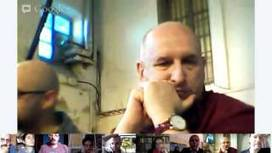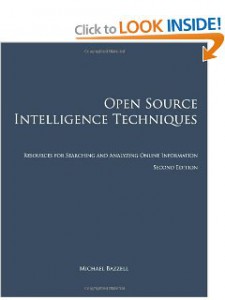
Prototyping and infrastructuring in design for social innovation
During the past five years design has been recognised as a powerful innovation driver. Design methods and tools have also been applied in new fields. One of them is social innovation, which is aimed at developing new ideas and solutions in response to social needs. While different initiatives have demonstrated how design can be a powerful approach in social innovation, especially when it comes to systemic thinking, prototyping and visualising, some concerns have been raised regarding the limitations of applying design in this field. Through a specific case, this paper will discuss and suggest some approaches and concepts related to design for social innovation. Coming from a participatory design tradition, we focus on the idea of infrastructuring as a way to approach social innovation that differs from project-based design. The activities that are carried out are aimed at building long-term relationships with stakeholders in order to create networks from which design opportunities can emerge. We also discuss the role of prototyping as a way to explore opportunities but we also highlight dilemmas.





